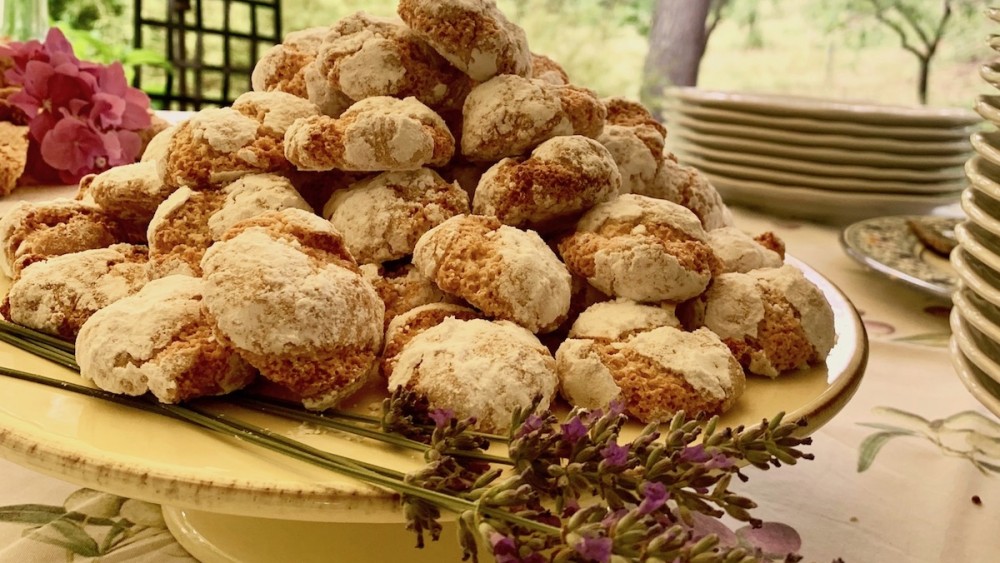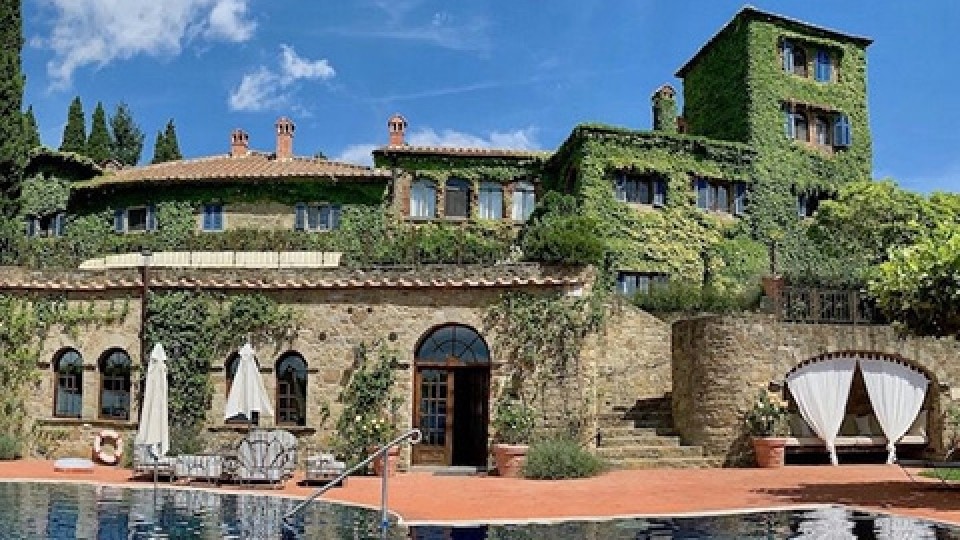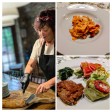Love can be just like sugared almonds, bitter and sweet. What do you know about almonds and their role in the Italian kitchen?
May 13, 2022

The use of almonds in the Italian kitchen, although still relevant now, can be traced back centuries. The recipes and traditions are still here but how much do you actually know about this healthy confetti? Keep reading to find out more....
Almonds are recognised among traditional Italian foods as typically Sicilian. The city of Agrigento even holds festivals, at the end of March, in honour of the 'blooming' of the almond trees and their use in the kitchen. However, as you might remember from an earlier blog, local dishes are often popular in foods and meals spread throughout the whole of Italy. Also mentioned in an earlier blog about the history of Italian ingredients, they are originally traced back to Roman times.
Sugared almonds (called confetti in Italy) were created during the 13th Century and usually served as a sign of culinary distinction at the end of very important dinners but, of course, we’re talking about modern confetti, covered with a delicious sugar shell here, but the idea of having almonds or even aniseeds covered in a sweet shell was common already in Roman times. However, the Romans didn’t know sugar, so they would use a paste of honey and flour instead. The confetti we know now are Jordanian almonds that are used at Mediterranean weddings. Almonds are traditionally given in odd numbers, which are indivisible, symbolizing how the newlyweds will share everything equally and remain undivided, and Jordanian almonds are often given five at a time. Each almond represents a quality that the guests wish for the couple getting married: health, fertility, wealth, longevity and happiness. The combination of bitter almonds and sweet sugar are representations of a couple’s life together, with the hopes that the newlyweds’ experiences will be more sweet than bitter. Isn’t that sweet?
This geographic spread bears witness to the Italian passion for nuts. Not just because they are rich in vitamins, proteins and minerals but also because they are a great ingredient for preparing and enhancing many different dishes. Almond flour also has great versatility in the kitchen. It’s excellent for cakes and biscuits where it retains more moisture, making any dessert softer. If you want a more bitter taste you should use ermine almonds but be careful as if they are ingested in large quantities, this variety can actually become toxic to the body!
In short, there is so much you can do with this oily fruit, which is also rich in vitamin E, mineral salts and proteins. If you want to read about all the health benefits of almonds visit this link.
The almond trees start blossoming in spring and so do our own almond trees in Tuscany but unfortunately they do not produce any tasty almonds. However, we do use the nut a lot in our kitchens. Learn how to grow your own almond tree here.
Our chefs especially like including almonds in our desserts., for example, cantuccini, panforte and Siena Ricciarelli. If you want to learn more about cantuccini then why not read our earlier blog about this yummy treat: Franco, our chef at the Italian cookery course at Torre del Tartufo teaches his students to make a chocolate cake with almond flour which leaves everyone swooning! Come to Tuscookany to learn to make this delicious, gluten free cake!
The last biscuit, Siena Ricciarelli, is a personal favourite and that is why we have added the recipe here. It might not be the easiest recipe but it would be a great way to amaze your dinner guests over the Easter Holidays! That is if you can resist the temptation of eating them all yourself!!
Ingredients for 1 kg (2lbs)
A
- 300 g (11⁄2 cups) granulated sugar
- 400 g (3 cups) peeled almonds, baked at 50 °C (120 °F) for 10 minutes
- 50 g (1⁄2 cup) flour
- 15 g (1 tbsp) candied orange peel (or the grated zest of 4 oranges)
- 5 ml (1 tsp) almond essence
B
- 47 g (1⁄4 cup) of granulated sugar
- 14 g (3 tsp) water
C
- 20 g (1⁄4 cup) of flour
- 20 g (1⁄4 cup) of icing sugar - 8 g (1⁄4 oz) of cake yeast
- pinch baker’s ammonia
D
- 80 g (3 tbsp) egg whites
- 20 g (1⁄4 cup) vanilla-flavoured icing sugar
- vanilla-flavoured icing sugar - corn starch
A
Pulverize the almonds with the sugar in a food processor using the blade attachment before adding the flour mixed with the orange. Use the pulse button to mix in short bursts to prevent the almonds losing their oils. Add the almond essence and place the mixture in a large bowl.
B
In a small saucepan boil the sugar and water to 108 °C (225 °F), then turn the heat off and set the pan aside.
C
Sift the flour; add the sugar, baking powder and ammonia, and mix well.
Mix A, B and C together: the dough will stay quite moist but not compact. Cover with kitchen film so it does not dry out too much and leave for 12 hours.
D
Beat the egg whites until they form stiff peaks. Add the vanilla-flavoured icing sugar to the dough and knead, then work in the egg whites until the mixture is compact.
-Dust the work surface with corn starch and vanilla-flavoured icing sugar (ratio 1:5). Shape individual sausage shapes of about 4.5 cm (11⁄2 in) and cut each of them into 1 cm (2/5”) lengths, approx. 25-30 g or 1 oz in weight. Shape each roll by hand into a softly rounded diamond shape.
-Dust the ricciarelli on the work surface covered with icing sugar and corn starch, and the tops only with icing sugar.
-Place the ricciarelli onto a lined baking tray. Preheat the oven to 140 °C ((285 °F) and bake the ricciarelli for about 20 minutes. They are done when they have formed slight cracks on the surface, but are still white and soft.
-Remove from the oven and place delicately on a wire rack or a wooden chopping board so they dry.
-Keep in an airtight container (at least until the next day!) before serving.

Interested in our cooking courses at one of our Tuscan villas?
Do you want to enjoy our Tuscany cooking classes with plenty of time to explore in your free time, all while staying in an amazing villa?
Reviews
How our guests experienced the Tuscookany courses
Reviews from our former guests made about their visit to Tuscookany on TripAdvisor, facebook, Twitter, Google, Chow and Yelp.





